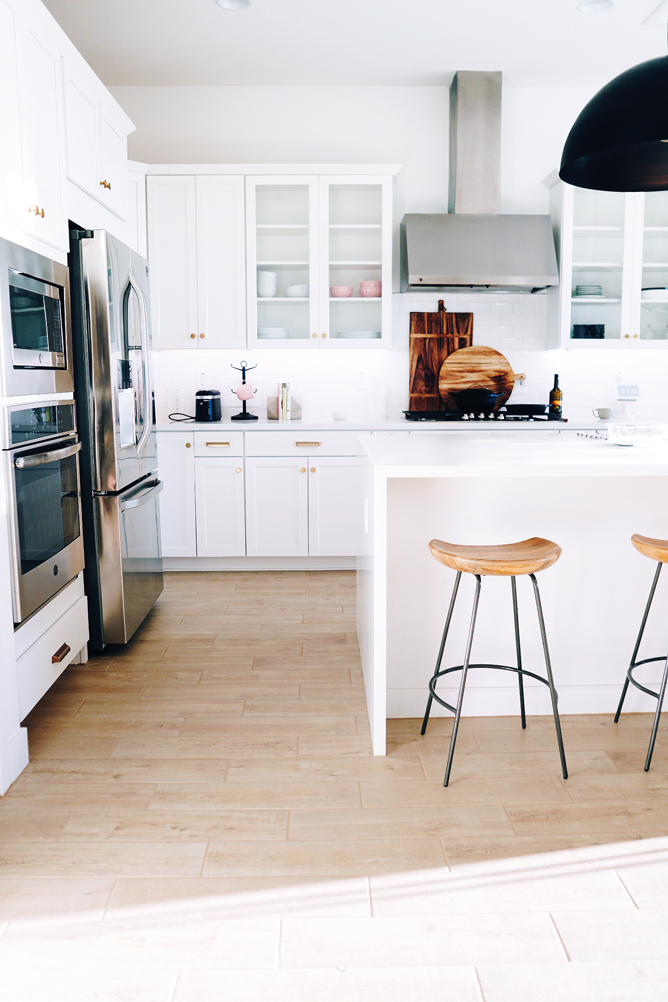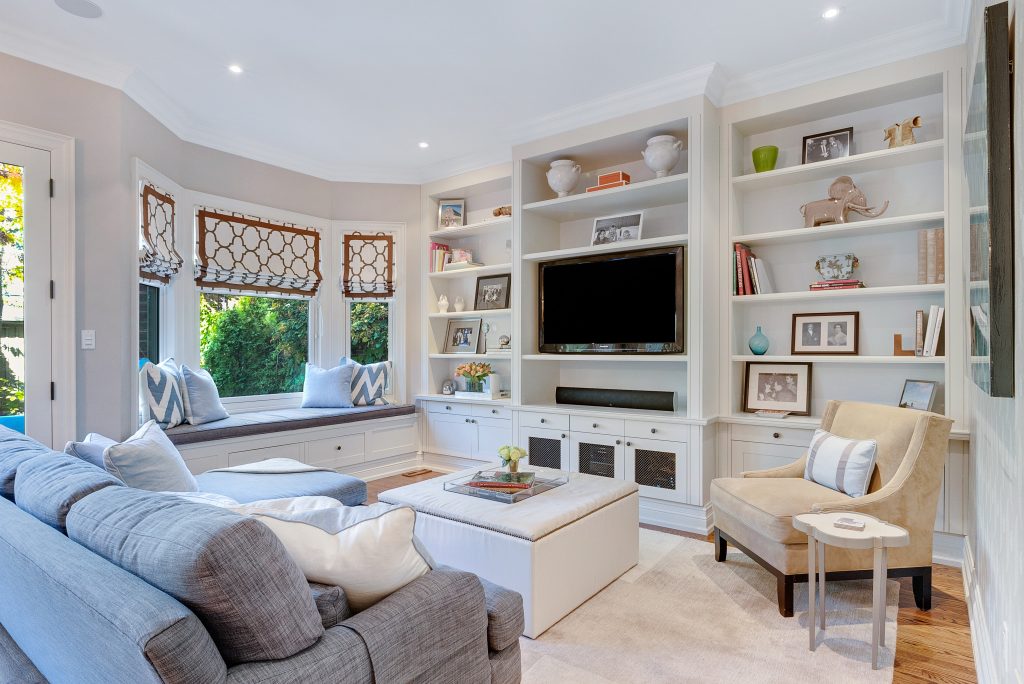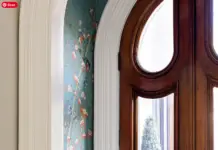Energy efficiency measures reduce electricity and gas bills, but their installation is often disruptive for homeowners. For example, replacing a conventional air conditioner with a mini-split leaves an opening that must be sealed, and a lighting upgrade may require a partial removal of the ceiling.
A home renovation provides an excellent chance to improve energy efficiency. Since walls and other elements will be modified anyway, mechanical and electrical components can be replaced without additional disruption. This article describes energy efficiency measures that are normally difficult to install, which become much easier during a major renovation.

Thermal Envelope: How Walls and Windows Affect Efficiency
Ideally, the building envelope should provide an effective barrier against heat movement in both directions. Air conditioners work harder if too much heat enters the house during summer, and heating systems must compensate for heat loss during winter. A large portion of this heat movement happens at walls and windows, especially if they have poor insulation or air leaks. You should also consider upgrading your pipes. Sites like HeatLine.com provide useful information.
If you plan a home reskinning project with new walls and windows, there is an excellent chance to improve efficiency:
- The new walls can be equipped with high R-value insulation, reducing both heat gain and heat loss. For example, if you improve the insulation level from R-5 to R-10, heat transfer across the walls is reduced by half.
- The new windows can be specified with low-emissivity coating and double-pane or triple-pane glass. Compared with single-pane uncoated windows, these reduce heat transfer by over 60%.
These two measures save energy all year long, since they reduce the workload on both air conditioners and heating systems. By including wall insulation and high-performance windows in renovation project, you can improve home appearance while reducing energy bills.

Upgrading Air Conditioners and Space Heaters
In engineering, air conditioners and heaters are grouped with ventilation equipment in the category of HVAC systems. In many homes and commercial buildings, HVAC systems account for over 50% of energy consumption. Upgrades for these installations can achieve significant savings, but the corresponding work is often challenging. Consider the following examples:
- Upgrades from a window AC unit to a mini-split involve closing a hole in the wall, and opening a smaller one to connect the evaporator and condenser.
- In homes with central HVAC system, an upgrade project requires access to the ducts and air handlers above the ceiling.
Many construction materials are removed and modified during a major renovation, exposing components that are normally hidden from sight. This represents an excellent change to carry out upgrades without disrupting a finished ceiling or wall. If you have a fireplace, don’t forget that upgrades can be made to improve it’s lifespan and efficiency, check out https://thechimneyscientist.com/relining/.

Using LED Lighting for Decoration
LED lighting is well known for its energy efficiency, but it also has decorative potential. Like in the two previous examples, a home renovation provides an excellent chance to upgrade the lighting system. For example, a ceiling replacement requires the removal of any embedded light fixtures. Instead of reinstalling the same fixtures, LED replacements can be specified instead.
Some LED lamps have features that can be used for decorative purposes: dimmable output and adjustable light color. These LEDs allow different lighting configurations with a single set of lamps. For instance, the lights can have a decorative configuration with different light hues and brightness levels. However, if a specific task requires high visibility, they can all assume a neutral white tone and full brightness. Once you’ve taken care of efficiency upgrades, you can move on to something much more fun – picking out furniture from modern stores like https://www.sunpan.com/usa/

Conclusion
A home renovation project can achieve energy efficiency along with an appearance improvement. Many energy efficiency measures disrupt walls and ceilings during their installation, and this can cause discomfort for occupants. However, if these elements will be modified as part of a renovation, there is an opportunity to deploy energy efficiency measures more easily. Thanks to NY Engineers for consulting!
























